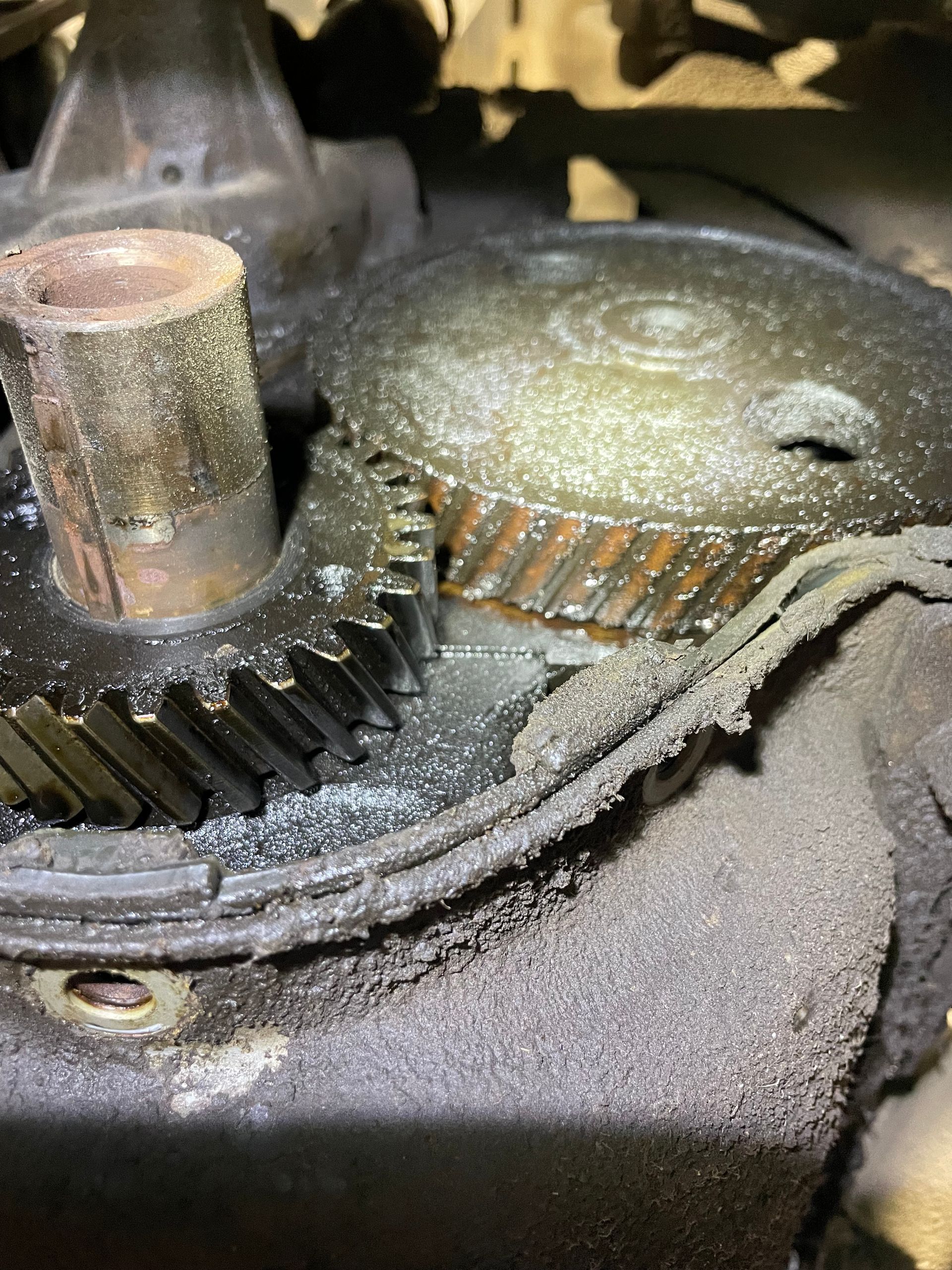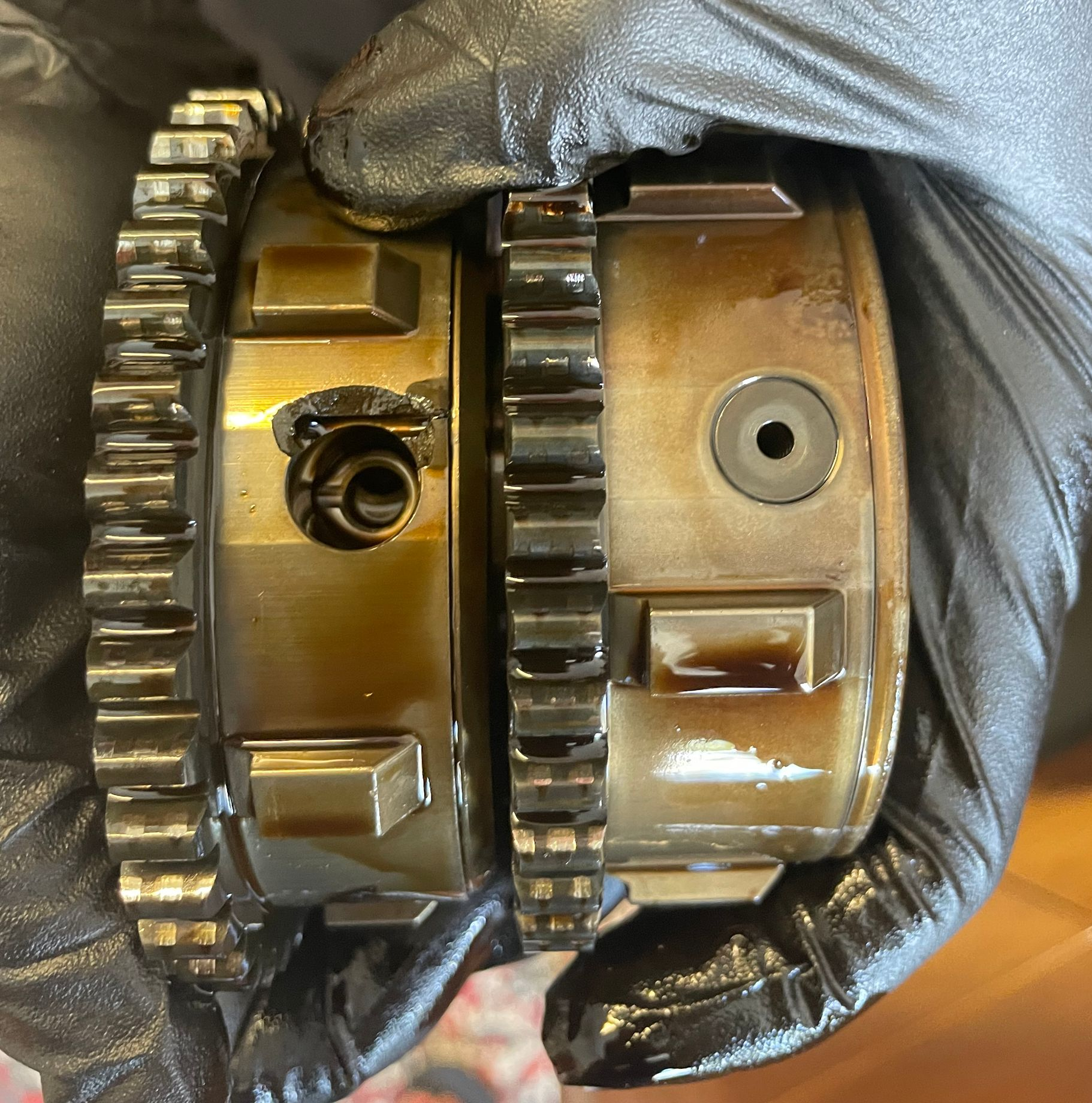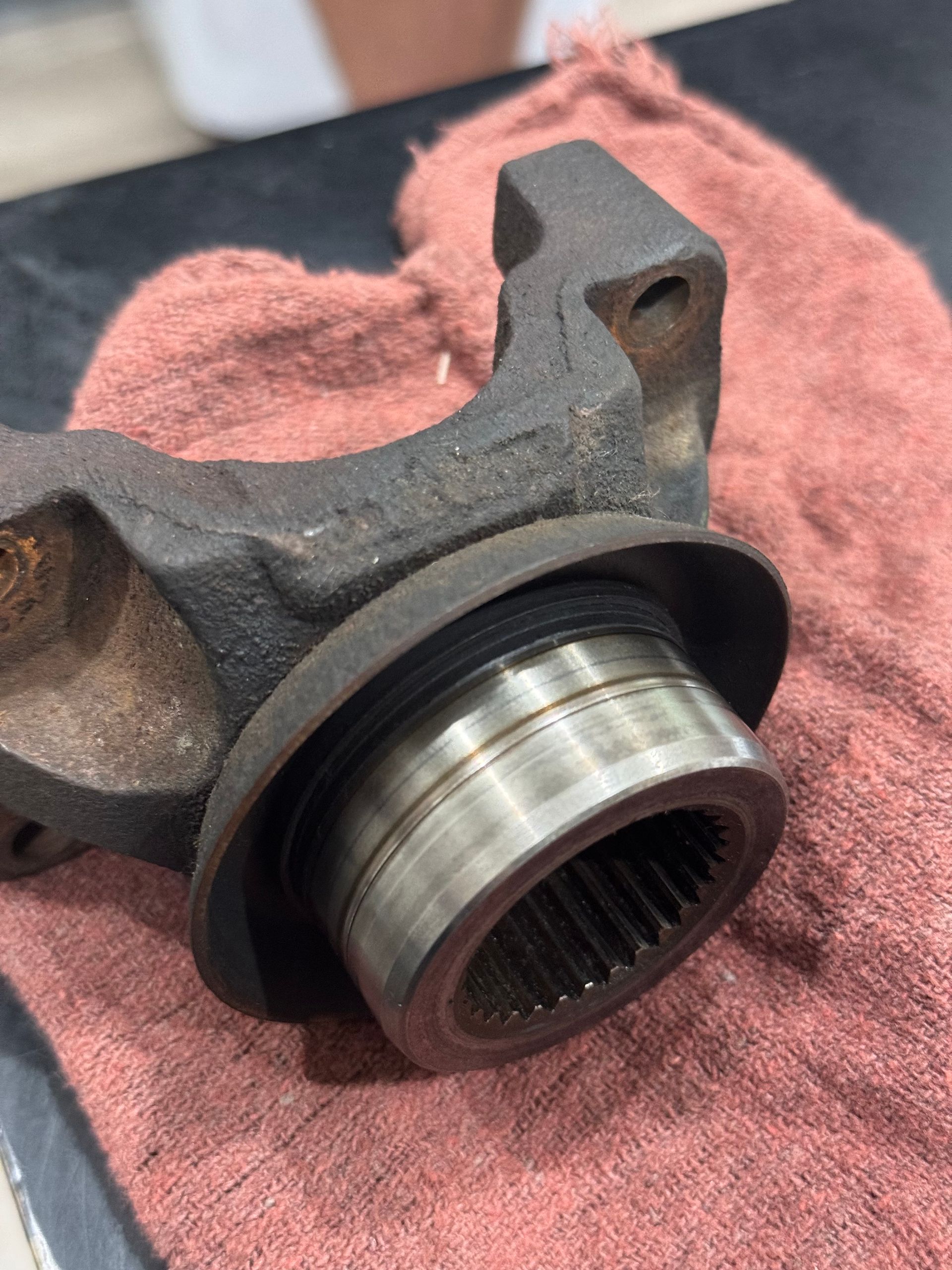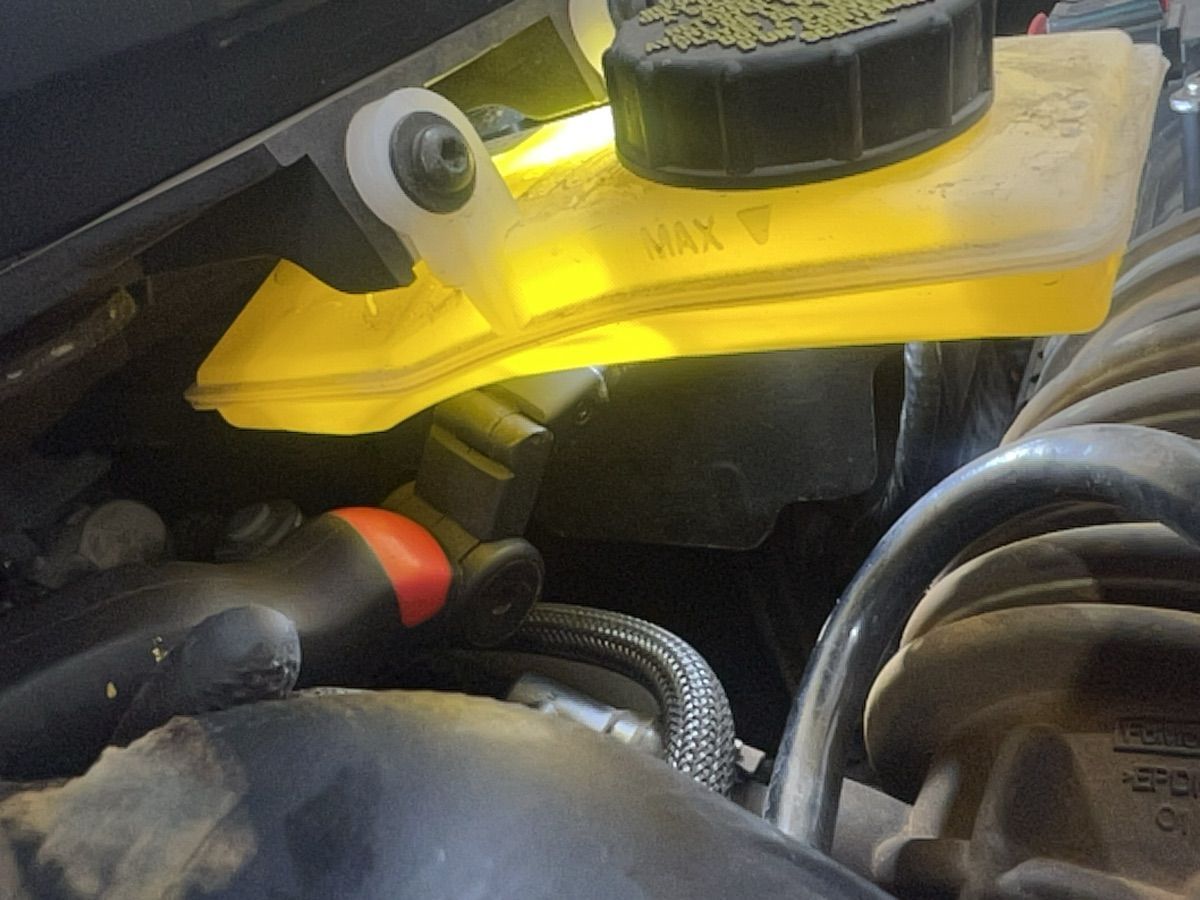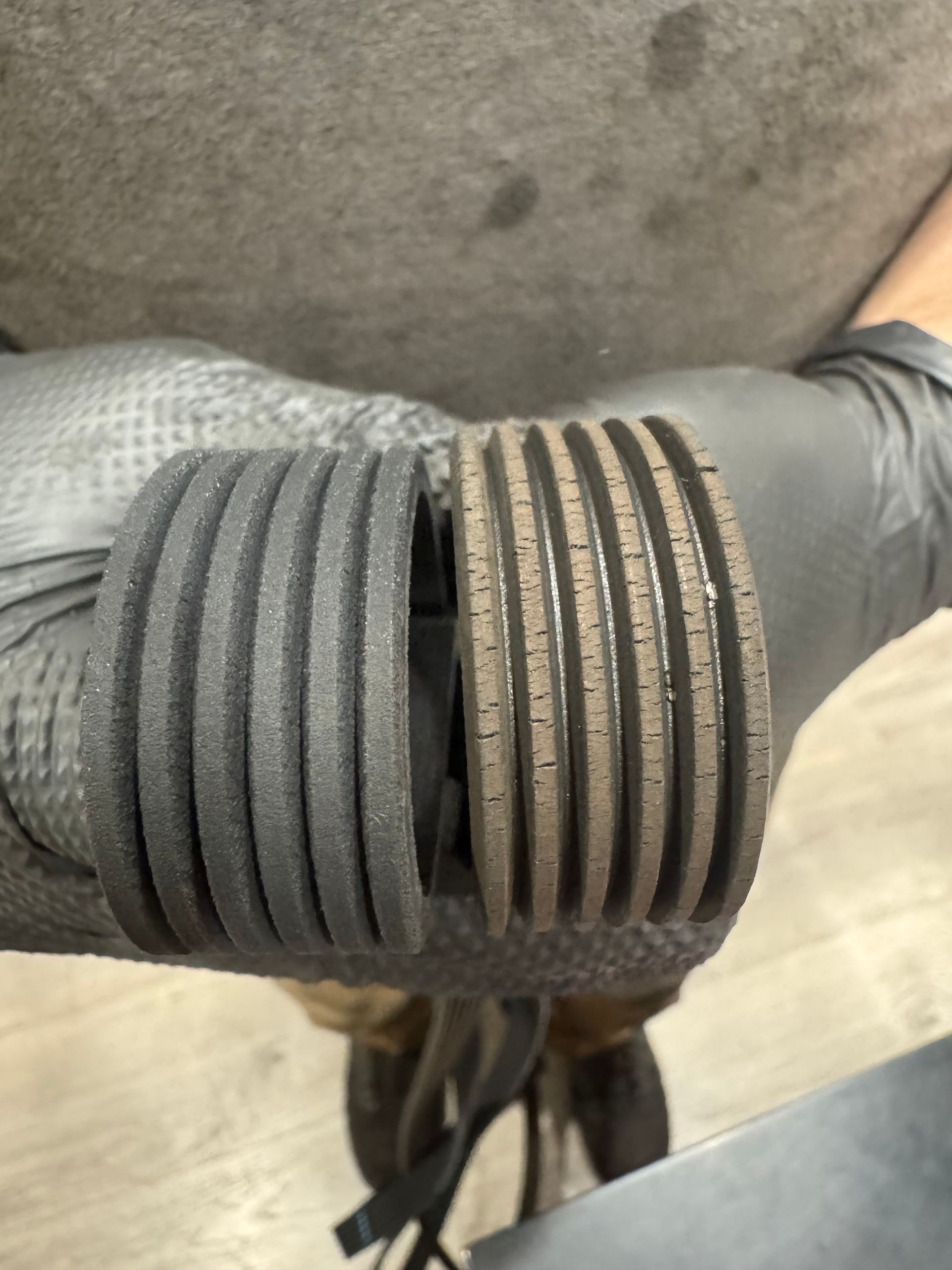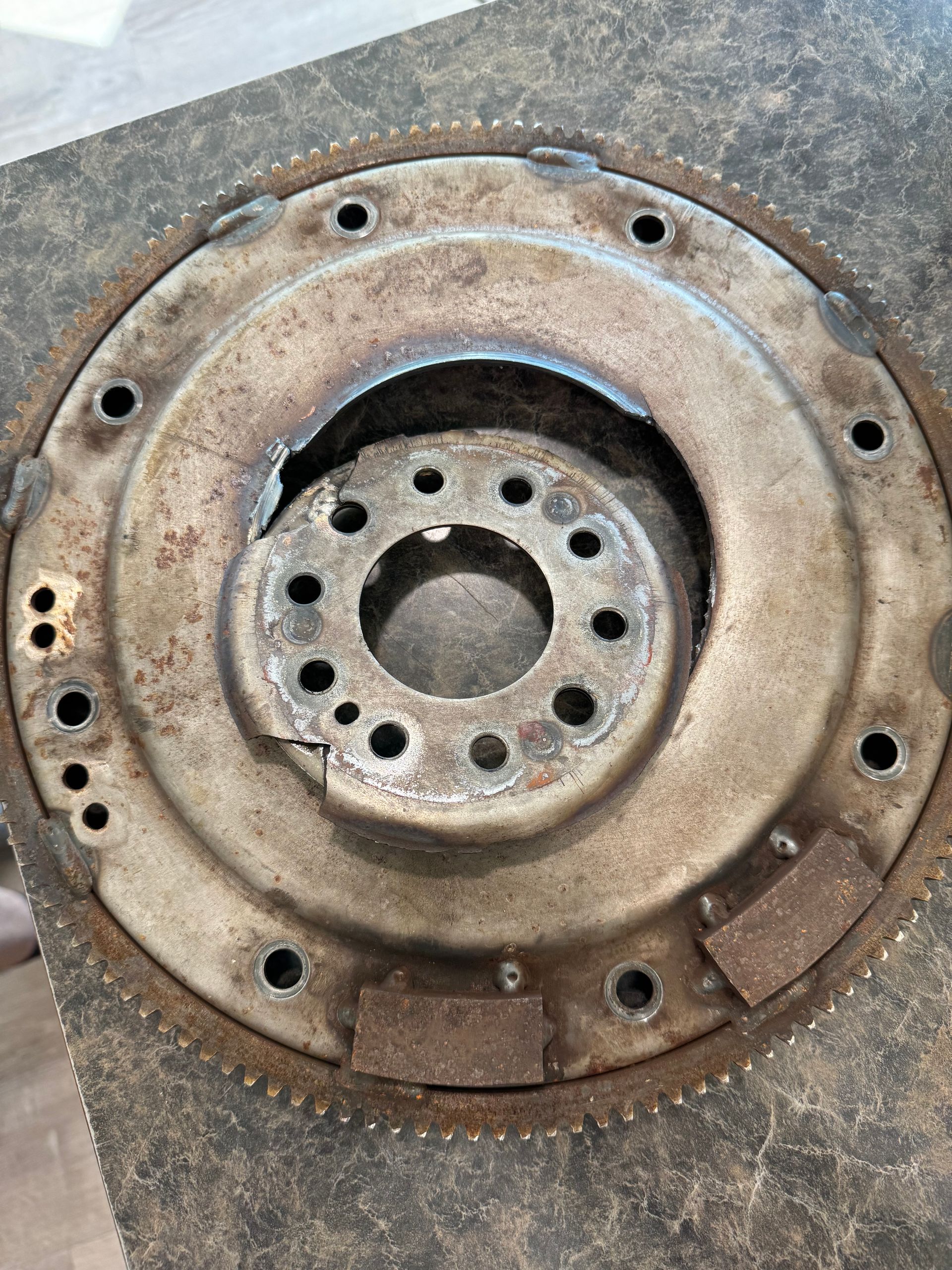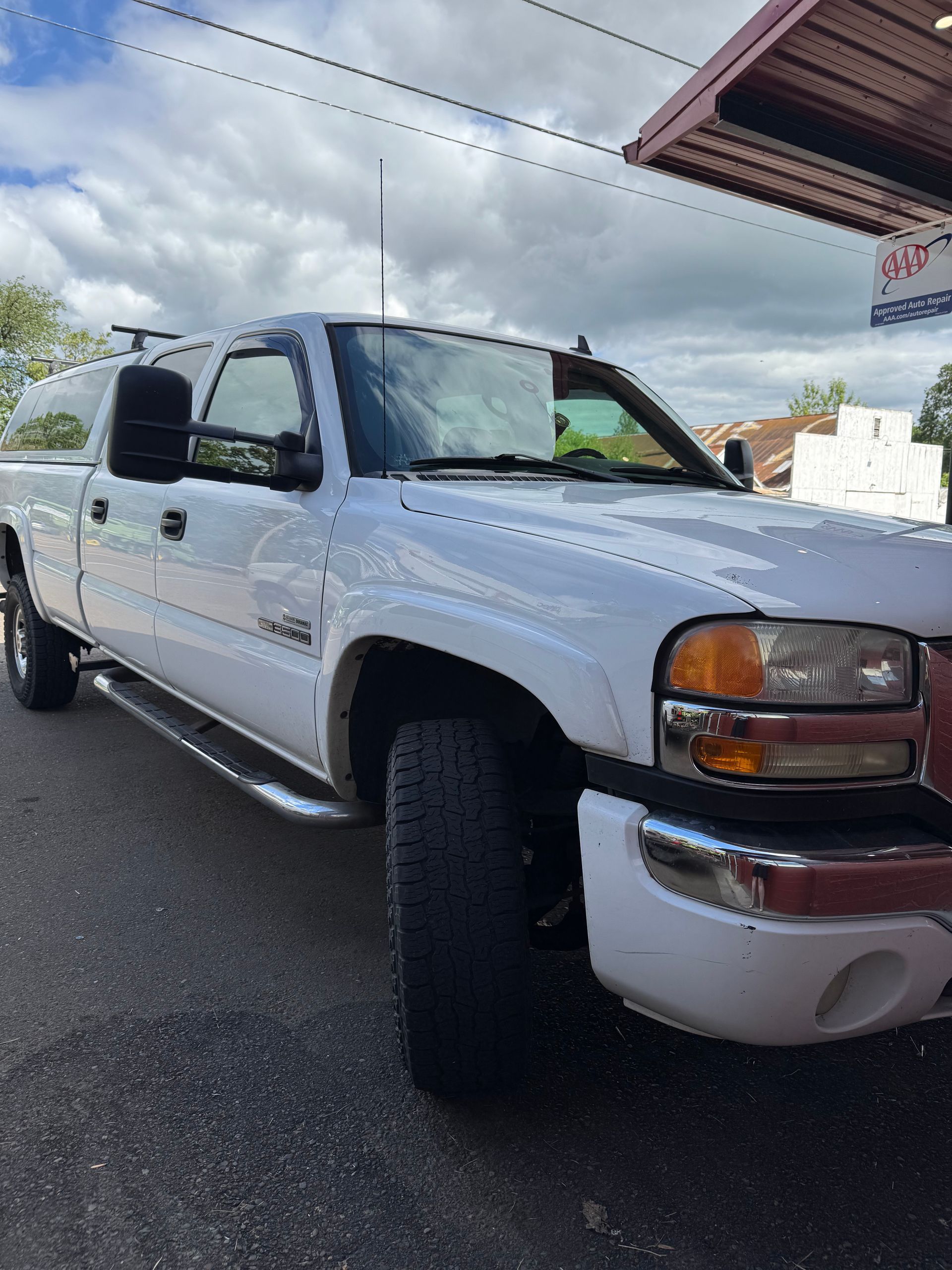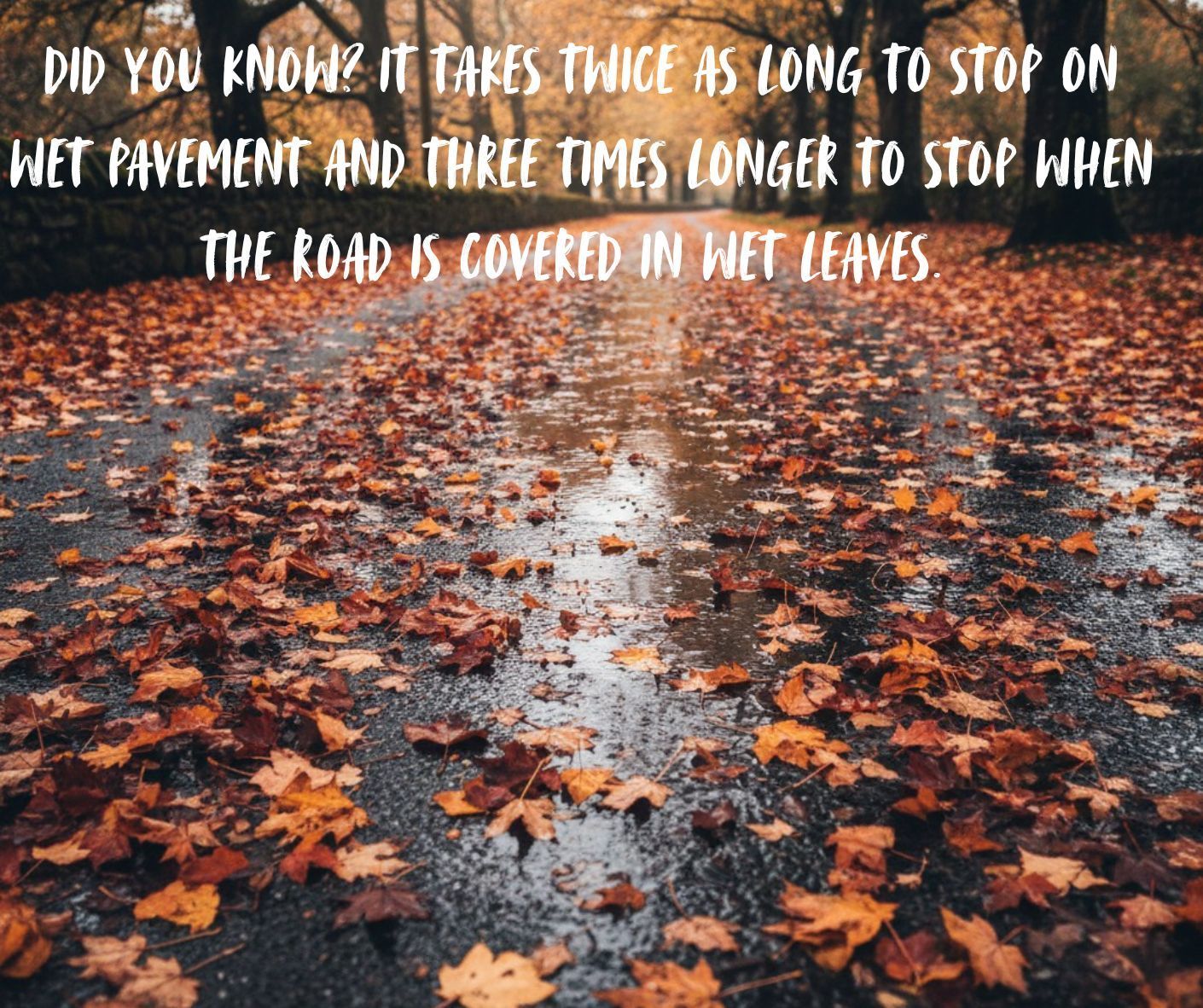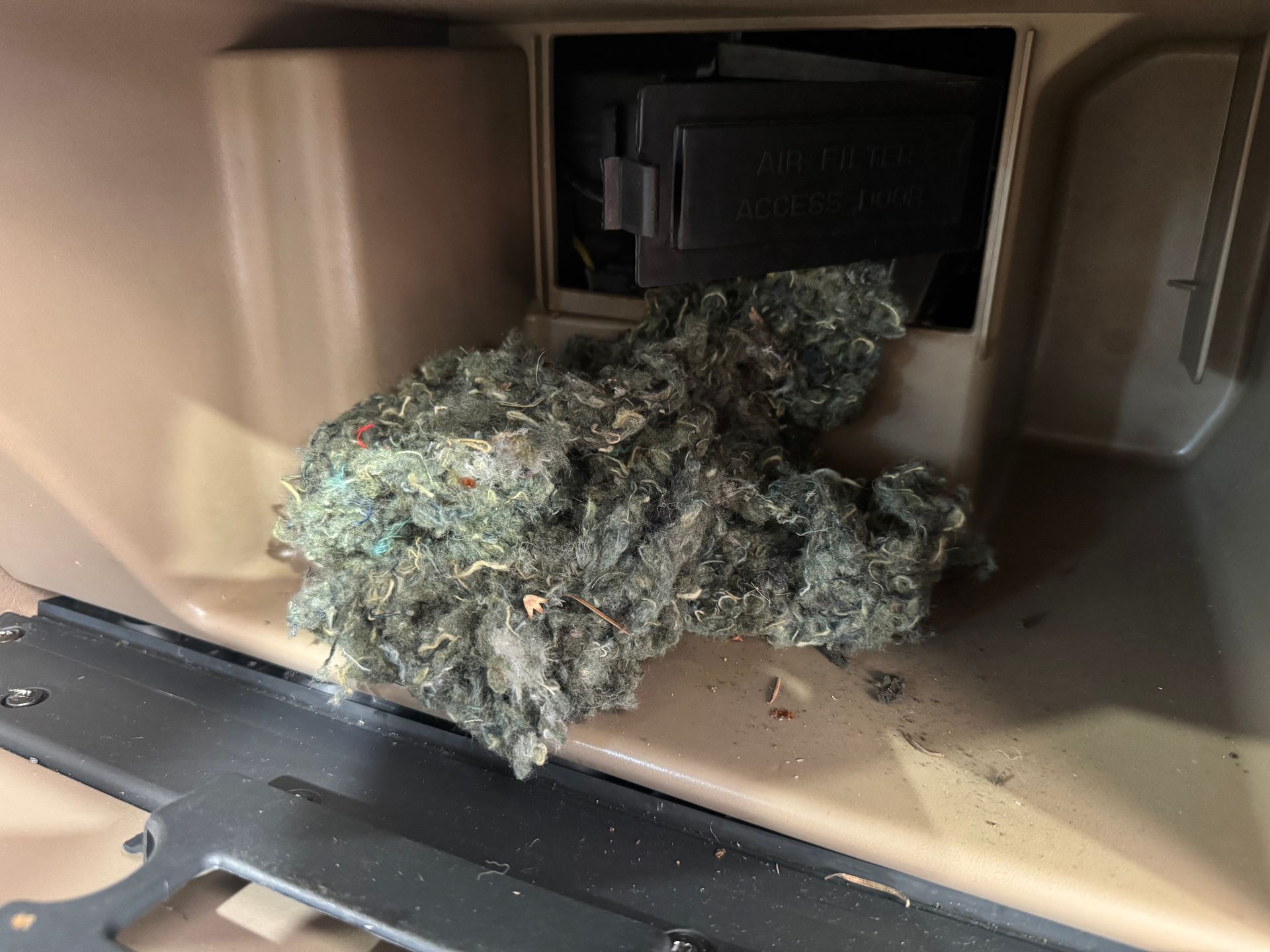Don't Wait Until It's Too Late! Signs Your Brakes Need Attention

We all rely on our vehicles to get us safely around, whether it's for the daily commute or exploring the beautiful countryside.
Brakes are designed to wear down over time, and recognizing the warning signs that they need attention can be the difference between a close call and a serious accident. Ignoring these signals not only puts you and your loved ones at risk but can also lead to more expensive repairs down the road.
Let's talk about the common cues that tell you it's time for a brake check-up.
Hear That Noise? Common Brake Sounds
Your car often tries to tell you when something's wrong, and your brakes are no exception.
- Squealing Brakes: This is often the first and most common indicator that your brake pads are wearing thin. Many brake pads have a small metal indicator that creates a high-pitched squealing noise when they're getting low. It's designed to be annoying so you pay attention.
- Grinding Brakes: If you've moved past squealing to a harsh, metal-on-metal grinding sound when you brake, that's a red flag. This typically means your brake pads are completely worn down, and the metal backing plates are now rubbing directly against your rotors. This causes significant damage to the rotors and can drastically reduce your stopping power. If you hear grinding brakes car, it's urgent – get them checked immediately.
- Clicking or Clunking: While less common, a clicking or clunking sound when you press the brake pedal could indicate a loose caliper, a problem with the brake hardware, or issues with the brake pads themselves.
How Does it Feel? Sensations Through the Pedal
It's not just about what you hear; it's also about what you feel.
- Soft or Spongy Brake Pedal: If your brake pedal feels unusually soft or goes nearly to the floor before engaging, you might have air in your brake lines, a fluid leak, or a problem with the master cylinder. This significantly impacts your ability to stop.
- Vibration When Braking: A pulsing or shaking sensation through the brake pedal or steering wheel when you brake often points to warped brake rotors. This happens when the rotors overheat and deform, leading to uneven contact with the brake pads.
- Pulling to One Side: If your vehicle pulls to the left or right when you apply the brakes, it could indicate a problem with one of the brake calipers, unevenly worn brake pads, or issues with brake fluid pressure.
When to Look: Visual Cues and General Advice
Sometimes, your eyes can give you clues too.
- Dashboard Warning Lights: Most modern vehicles have a brake warning light that illuminates if there's a problem with the brake system, such as low brake fluid or an issue with the ABS (Anti-lock Braking System).
- How often replace brake pads? There's no one-size-fits-all answer, as it depends heavily on your driving habits, vehicle type, and the quality of your pads. Generally, brake pads can last anywhere from 25,000 to 70,000 miles. However, if you do a lot of city driving with frequent stops, or tow heavy loads, you'll likely need to replace them more often.
Your safety on the road is paramount. Don't take chances with faulty brakes. If you notice any of these signs, even subtle ones, it's crucial to have your brake system inspected by qualified professionals.
We understand the importance of reliable brakes. That's why we're offering a FREE brake inspection! Let our experienced technicians assess your brake system, diagnose any issues, and give you an assessment. Give us a call and let us take care of you.
Happy adventures,
Heather
Our specials can be found here - Specials - J & H Automotive, Inc
Ready to make an appointment … Appointments - J & H Automotive, Inc
Want to know more … About Us - J & H Automotive, Inc
Would you like to join our merry band of misfits? Careers - J & H Automotive, Inc
Want to know more…
https://www.facebook.com/JHAutomotiveInc
https://www.pinterest.com/jhautoinc

